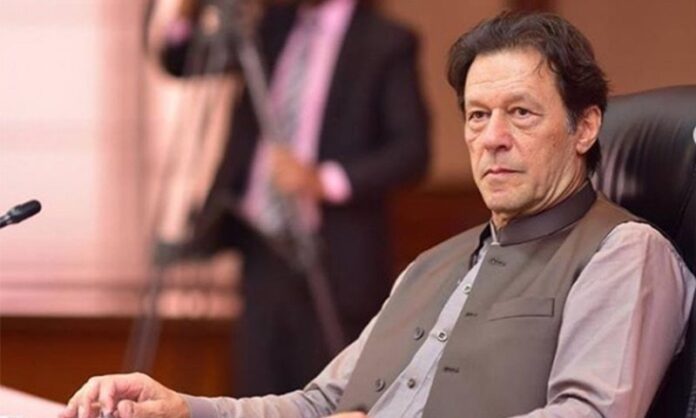The meeting of the National Economic Council (NEC) on Wednesday (today) would approve a growth target of 2.1% for the next fiscal year, subject to favorable weather conditions and post-COVID economic recovery, current account deficit management, and economic policy coherence.
The meeting to be chaired by Prime Minister Imran Khan would also approve a consolidated investment of Rs1.5 trillion for the next fiscal year.
The meeting will be attended by all Chief Ministers, Prime Minister AJK and Chief Minister of Gilgit-Baltistan, Finance Advisor, Minister of Planning, Development, and Reform, and Federal Government officials, and the NEC Planning Commission will inform the NEC of the economic performance of the current fiscal year and the outlook for the next year.
The Covid-19’s economic effects from lockdown and decreased investment will be greater than those from supply chain disruptions and disease-related declines in the workforce, and Pakistan’s economic growth contracted to -0.4% in 2019-2020, when it had already low economic growth of just 1.9% t in the previous year.
The Covid-19 compounded the real sector’s longstanding challenges, in particular in the industrial and service sectors. The pandemic has triggered multifaceted problems, engulfing whole societies in addition to overwhelming healthcare systems.
The meeting is expected to say that prior to COVID-19, the exchange rate achieved some stability and primary surplus despite massive revenue shortages and a current account contraction of 73 percent in the first three quarters, whereas inflation started to decelerate after peaking at 14.6 percent in January 2020 and foreign reserves increased by US$ 3.6 billion.
Even if the lockdown is lifted completely before the start of the next fiscal year, the Covid-19 ‘s second-round impact will still mark the country’s growth performance.
As this year’s quarter-long lockdown has severely affected GDP growth this year, it is expected that overall GDP growth will pick up in 2020-2021, following the expected rehabilitation and recovery of industrial and service sectors to boost growth prospects.



